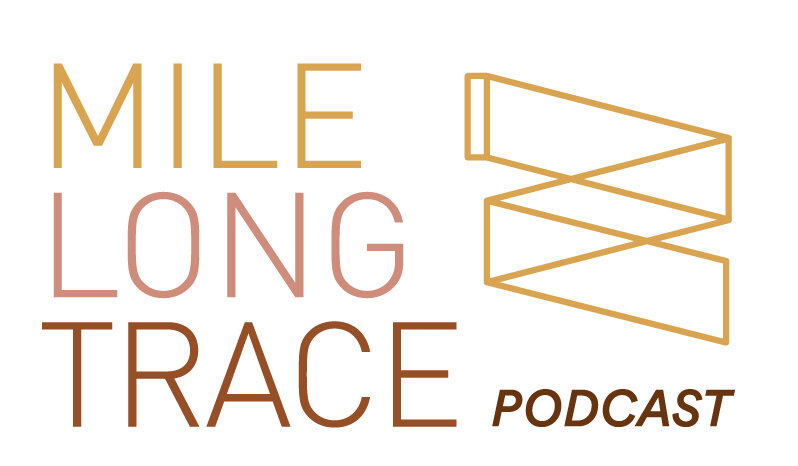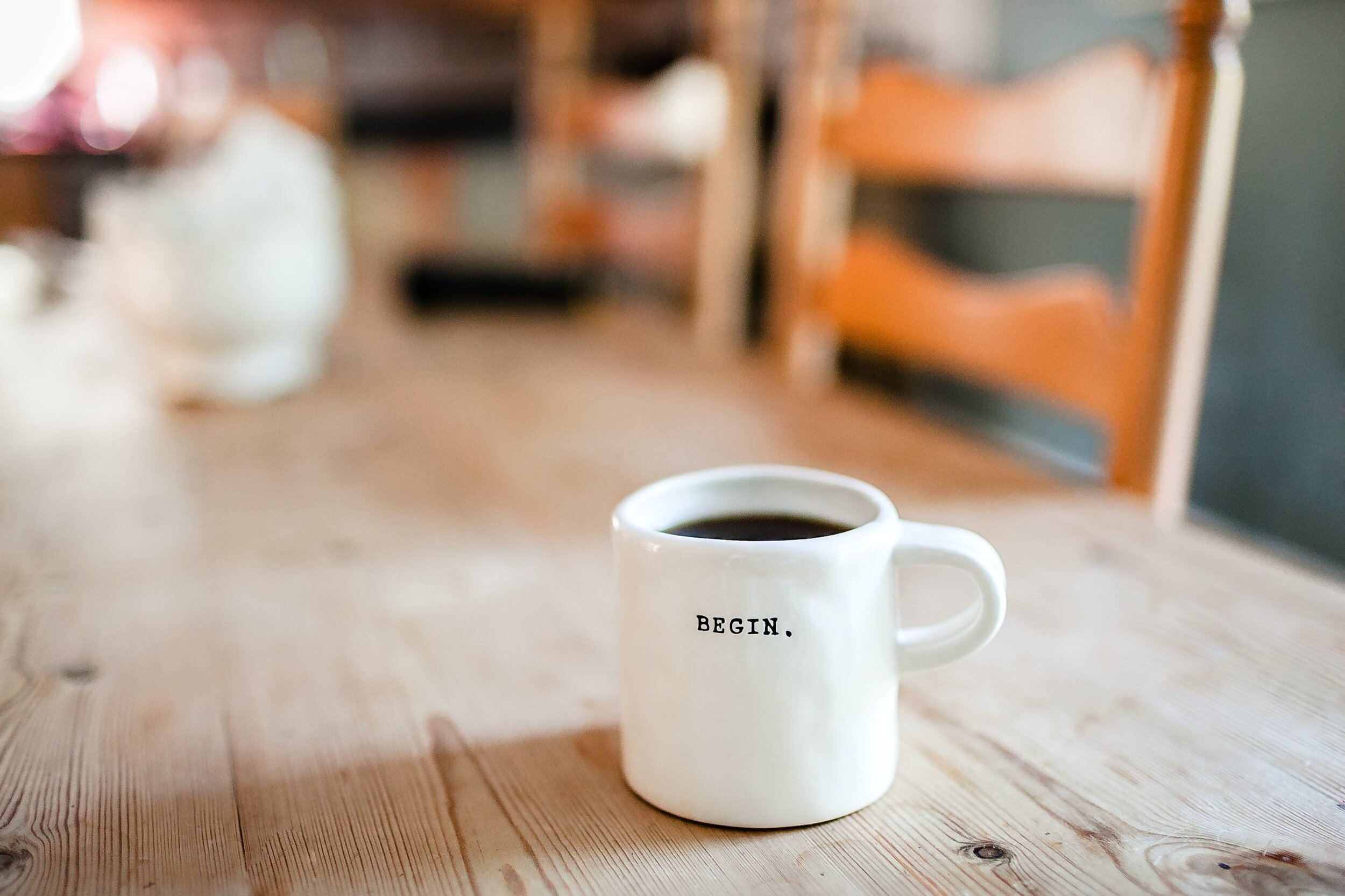Fostering Creativity
“I believe that inspiration will always try its best to work with you – but if you are not ready or available, it may indeed choose to leave you and to search for a different human collaborator.” - Elizabeth Gilbert, Author of Big Magic
“The shear act of freeing your mind to be creative in another medium can un-lock your brain enough to be able to think more freely, clearly and creativity about your own design.” - Elizabeth
Overview
How does one foster creativity. In this episode we will talk about the moment in the design process when one needs to summon the creative voices inside. We will unpack how to be creative and offer 10 tips to foster creativity in the design process.
Episode Highlights
1. Be Bored. Ever feel like your lacking creativity. Maybe try being board, sitting with the discomfort and seeing what surfaces. I find it so easy to wander around the house and when my brain goes numb to grab my phone and surf my favorite apps. If you are yearning to be creative in your design process try letting yourself truly unwind, put the technology away, watch the sky or the leaves rustle and let your self be bored.
"When we are bored, we ask ourselves: what do I want to do with myself? We are guided toward certain things: a pen and paper, a guitar, the forest in the backyard, a soccer ball, a spatula. The moment after we don’t know what to do with ourselves is the moment, we find ourselves. Right after itchy boredom is self-discovery. But we have to hang in there long enough without bailing."
- Glennon Doyle, Author of Untamed
2. True Precedent Research. To truly observe ones work you admire. To really study it, to analyze it, to dissect it, to draw diagrams over the top if it, to truly feel and understand why the design moves were made. Why the design is successful or not successful through your eyes. From that process, you will find connections and relationships that inform the design.
3. Put Something Out There. Start by putting it all out there. Anything at first is an idea and will lead to something better that will lead you further down the path. From what I have found waiting for the grand idea to come to you isn’t going to get you to the ahh ha moment.
Example: When I’m space planning I like to start by pulling out a role of trace, a stylist pen and sketching over the existing shell. That beginning process of free hand drawing, helps me get into the building. That initial pen to paper, isn’t the final, it is the beginning of the heaps of trace I will create to propose creative solutions. Throughout the process I add notes (pro/cons). I go down rabbit holes to test parts of the design. I pull precedents. I elevate some areas. I create quick axions to see the forms. I diagram daylight, structure, and parti’s. I test it and back check it with the code and the client’s program. The act of sketching allows the creative juices to flow.
4. Collaborate. If you are a verbal learner collaboration comes into play. We can benefit from an outside perspective to see something that we are too close too in the design of the project. As we get comfortable with design ideas, I believe we become blind to some of the cons. I think it is important to bounce ideas off of others. For those that are verbal learners, the ones that process thoughts out loud, collaboration will be a key part of the design process. When I feel stuck, I find it helpful to play the what if game with co-workers. By verbally testing ideas with peers we can collectively bring forth some of the aspects we could not have imagined otherwise.
5. Destress. The biggest thing we can do for ourselves when we want to tap into the creative side is to figure out how to not be stressed. In order to be creative, we must be free to daydream, if we are stressed our brains will physically shut off that side of the brain to keep us in a reactive flight or fight mode. That is why taking a shower, doing yoga, walking, being in nature, going for a run, cooking, meditating, sketching, painting, weaving, staring at the ocean, drinking a cup tea, watching the leaves float from the trees are such powerful acts we can do to tap into creativity.
“I believe that inspiration will always try its best to work with you – but if you are not ready or available, it may indeed choose to leave you and to search for a different human collaborator.” -Elizabeth Gilbert, Author of Big Magic
6. Run Like Hell. After letting an idea percolate in the back of your mind. When it hits me, I need to quickly sit down and hatch it out on paper before the idea might leave me and the creativity is gone. So whether or not there is a chemical balance in our right and left sides of our brain that causes this occurrence or it is in fact “Big Magic,” we want to respond quickly when an idea strikes.
7. Fringe Design. I think looking outside of typical sources for fringe design inspiration can help pull you out of a uninspired rut. Try doing your own fine art work; weaving, painting, sculpture then translate that to 3D work. Spend time studying others design processes to see if there is an aspect of their design process that works for you. Try looking at industrial designers, graphic designers, culinary artists, writers, musicians, basically anyone you admire that is creative. The shear act of freeing your mind to be creative in another medium can un-lock your brain enough to be able to think more freely, clearly and creativity about your own design.
8. Metaphor. This allows us to look at relationships and connections. To maybe even laugh or be silly, to let our guard down to day dream. Ayse Buisel further states in designing the life you love, “metaphor takes your mind on a magical detour, seemingly away from your subject, while actually sending you deep into the heart of the matter. ‘They (Metaphors) provide hooks to explore, details already forgotten. They make complexity manageable.”
9. Iterate. The design process is iterative. Design iteration is the practice of rinse and repeat. Observe, analyze. I like to question what is working, what is not, and then take it back to the drawing board and try it again. Try it again and again till you fall off the cliff and prove the design is right. Remember bad design is just as informative during the design process as good design. And if you haven’t tested the design enough to prove what it is not you have not iterated enough.
10. Trust. Trust yourself to trust the design process. Throughout the design process take a step back from grinding out the design and put yourself on the balcony. Understand that ideas have to be played out. Even gut-wrenching bad ones have to be played out. When we design with intuition, we know something doesn’t feel right but sometimes we have to test it anyway. We have to develop the ideas that in our gut do not feel right in order to demonstrate to our teams and clients. If we do not push the design enough there could be that inkling where one wonders, what if. Know the wrong is just as informative as what feels right. Put it all out on the table and be ok in the messy uncomfortable unknown of design exploration. The beauty of the creative process is the sense of arrival, when you have an ahh hah moment and everything falls into place.
In summary to be more creative:
Allow yourself to be bored
Study others work to understand what works and what does not
Put something out there to start somewhere by using pen and trace
Verbalize the design challenges with a peer
Relax and create a stress free environment,
Look for fringe design to find parallel creative outlets
Grab a pen and paper as soon as an idea comes to you, catch that tiger tail
Lean into metaphors to unlock creative connections
The design process should be iterative, make sure to rinse and repeat
Trust the design process, take the time it takes to iterate.
Keep designing y’all
Credit
Branding & Graphic Design work by Andrea Schwoebel https://www.andreaschwoebel.com/
Cover Artwork Photo by JOSHUA COLEMAN on Unsplash
Photo 1 by Soundtrap on Unsplash
Photo 2 by Jess Bailey on Unsplash
Photo 3 by Danielle MacInnes on Unsplash
Photo 4 by RhondaK Native Florida Folk Artist on Unsplash
Photo 5 by Amélie Mourichon on Unsplash
Photo 6 by Noémi Macavei-Katócz on Unsplash






